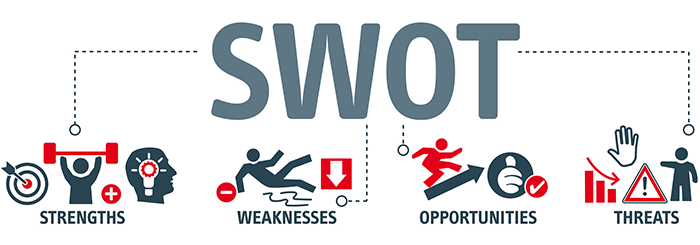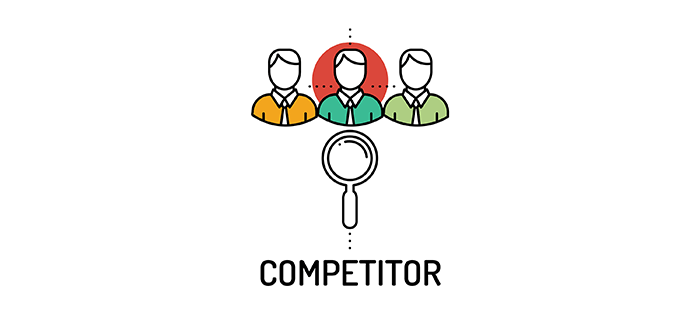In this
It's important to develop a competitive analysis that you can system and run regularly for your business growth planning.
Get the basics in place
Understand why you are running your competitor analysis and the value you want from it,
We looked at why running a competitive analysis is important for business growth. If you are still questioning the value, we recommend you read this first.
As we mentioned in the previous post, it is important that you have your customer personas and customer journey in place before starting on running your competitive analysis.
One of the main benefits of running a competitor analysis is to look at the market from your customers' perspective. If you start on it without having your personas and customer journey in place, you are much less likely to be looking at the market from their perspective.
When you have both of these elements in place work out what your competitor analysis should be
- Decide on the information you need to
capture, so that you can capture and compare it consistently - Decide on how you'll review and take action on the information
- Decide and agree how regularly you'll run the analysis
- Agree how you'll review the activity to make sure you are getting sufficient value from it
Designing your competitor analysis
If you have experience of the things you want to review through less formal previous reviews, get this together in a spreadsheet.
If you are scratching your head on where to start. Jump on Google and run a search. Search for competitor analysis template or similar.
You'll find lots of examples. Take the useful parts from the best ones and create an analysis to suit your business and market.
Make sure you capture data
Consolidate the results into a SWOT analysis or similar summary that you find useful.

Select your competitors to review
Depending on your market selecting the competitors to review in your competitive analysis can be a hard decision.
An optimum number of competitors to select is 10. From our
10 competitors is a good number to gather some useful insights.
In competitive markets with a large number of competitors, selecting only 10 can be a challenge. Choose the competitors who are the closest and most likely to be found and compared against you as a business. If you are looking to change your positioning in the market, select the competitors with the most aligned positioning to your desired position.

If you are in a niche market with very little competition, then select your direct competitors. It is likely that you may find competitors in other geographies, who can provide good inspiration. They may not be direct competitors, however, if potential customers find them, could they buy from them instead of you?
In some industries, there can be a case to include competitors offering a different solution to the same problem. This is where the
In some
Run the competitor analysis
We use a spreadsheet to capture the competitor analysis information. If you have a lot of data points to capture, freezing columns and rows in the spreadsheet, will make your life easier.
Capturing the information in a spreadsheet also makes it easier to review performance across data points.
When running the competitor analysis we find it easier to run it for each competitor at a time. We automate a few columns of the competitor analysis with online tools including SEMRush and Hubspot.
The rest of
Keeping a record of everything as you go, will save time when you compile the final SWOT analysis and summary of the information you have found.
When you have captured all of the information, review the information you captured in the SWOT summary. It'll be likely you'll need to edit this as you have the context of the full analysis.
Following
Run a review of the competitive analysis
Get the relevant people together and review the competitor analysis. You'll need key decision makers to review the
We recommend that you use the summary document as the basis for this review. For each
- Weakness / Opportunity / Threat identified
- Priority
- Proof from competitor analysis
- Example
- Recommended action
Don't forget to set SMART (Specific, Measurable, Actionable, Realistic, Time bound) goals for the actions that you've agreed to take.
That's our recommendations on how to run your competitor analysis. We've kept it high level as the actual analysis will vary from one business and industry to another. These principals are universal and will get you off to a good start.
Read more about where we recommend a competitor analysis fits into your business growth planning and marketing strategy.
At LexisClick we run competitor analysis as part of every engagement we undertake. If your business has a growth goal of £1million + per year, and you're looking for help with your marketing, speak with us about our services and how we can help.
For regularly weekly vlogs on important business growth topics like this, please subscribe at www.tjgshow.com.

